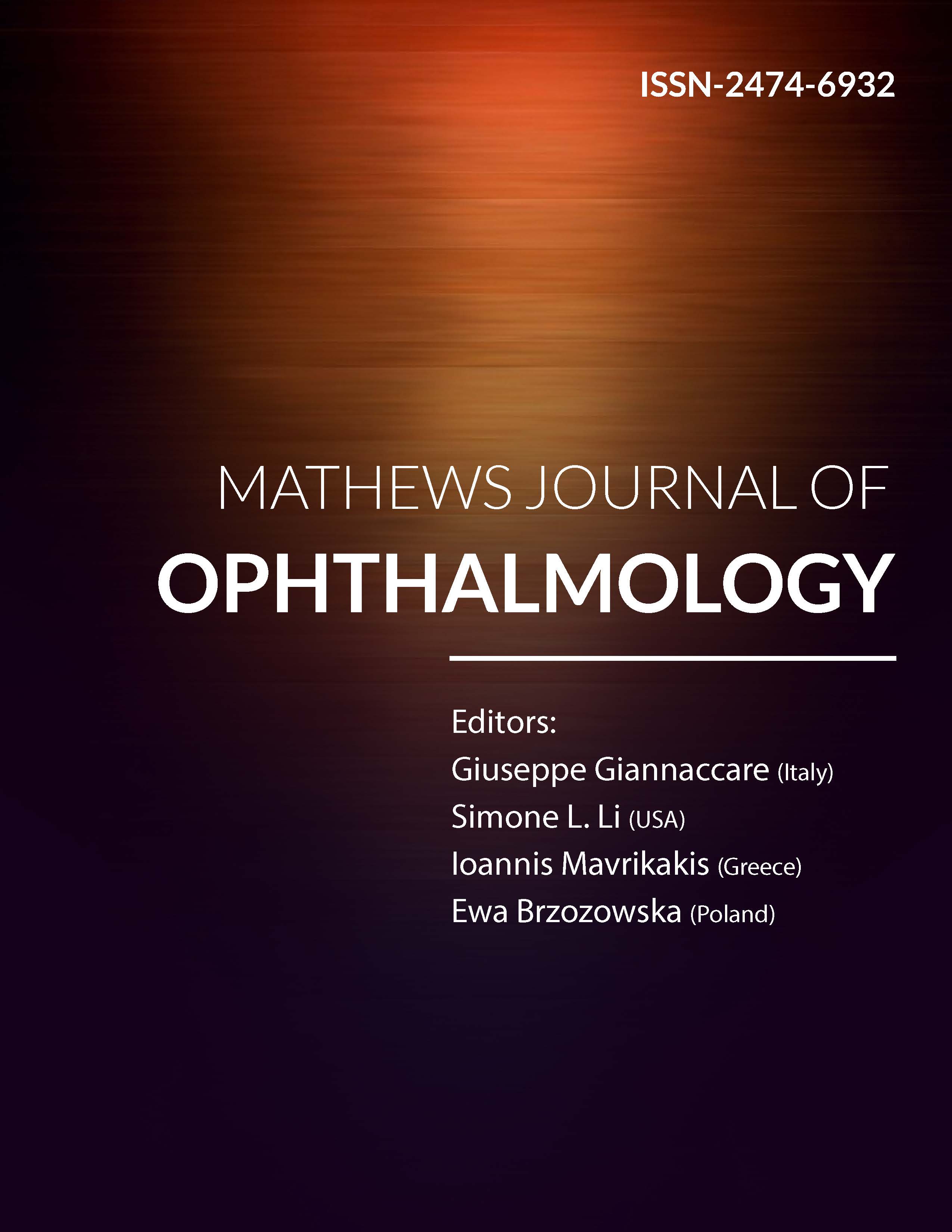
Information Links
Previous Issues Volume 2, Issue 2 - 2017
A Case of Hyperopia Combined with Accommodative Insufficiency in a Young Adult
Benjamin Brifa Bempong*,Emmanuel Boateng Baaf
Department of Optometry and Visual Science, Kwame Nkrumah University of Science and Technology, Kumasi, Ghana.
Corresponding Author: Benjamin Brifa Bempong, Department of Optometry and Visual Science, Kwame Nkrumah University of Science and Technology, Kumasi, Ghana, Tel: +233501373363; E-Mail: [email protected]
Received Date: 02 Mar 2017
Accepted Date: 22 Mar 2017
Published Date: 23 Mar 2017
Copyright © 2017 Bempong BB
Citation: Bempong BB and Baafi EB. (2017). A Case of Hyperopia Combined with Accommodative Insufficiency in a Young Adult.Mathews J Ophthalmol .2(2): 015.
ABSTRACT
This case study demonstrates how the correction of ametropia influences the binocular vision and accommodation systems of an individual. In this case, a patient reported to the Optometry clinic with complains of asthenopic symptoms and intermittent diplopia. Careful history taking, ocular examinations and binocular vision assessment revealed accommodative insufficiency and refractive error. The ocular examinations performed included; Visual Acuity, Slit lamp bimicroscopy and funduscopy. The Binocular vision assessment included; Refraction, Extra Ocular Motility tests, Phoria measurement at far and near, Near Point of convergence, Negative Fusional Vergence (NFV), Positive Fusional Vergence (PFV), Negative Relative Accommodation (NRA), Positive Relative accommodation (PRA), amplitude of accommodation (AA), Binocular accommodative facility (BAF), and Accommodative Convergence/ Accommodation Ratio (AC/A Ratio). Based on the findings of the above tests, the appropriate treatment plan was given, and this consisted of vision therapy and spectacle dispensing.